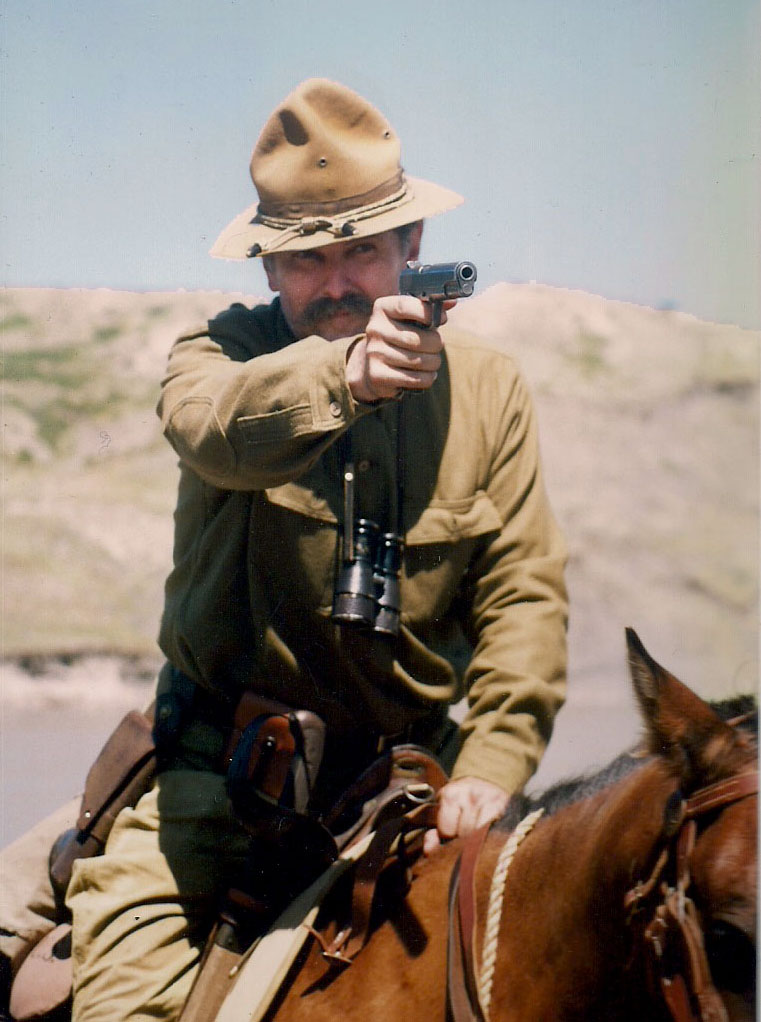At the range today, I saw someone do that. Having never seen that before, I asked him about it.
He said every 1911 he has does that, and that’s the way it should be.
He said every 1911 he has does that, and that’s the way it should be.
Last edited:





